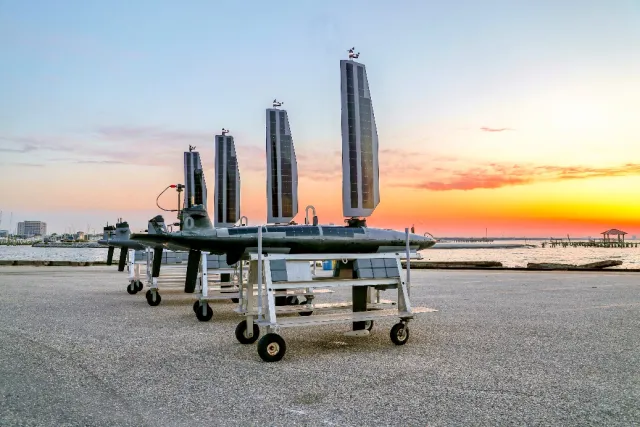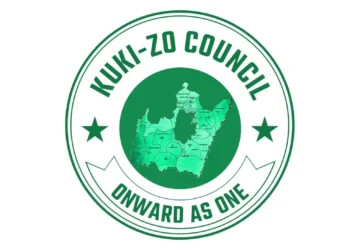The Orion Unmanned System (AUSV) has been brought to India through a noteworthy partnership between Anadrone Systems, a prominent unmanned systems firm in India, and Ocean Aero, a US-based producer of state-of-the-art marine technology. India’s maritime capabilities have advanced significantly in a number of areas because to this relationship.
With the Triton AUSV, this cooperation seeks to strengthen India’s marine industry in line with its goals of technical innovation and self-reliance. This unique vehicle may be used for both autonomous undersea and surface missions, providing unparalleled versatility:
- Maritime Domain Awareness
- Port Security
- Sonar Mapping
- ISR (Intelligence, Surveillance, and Reconnaissance) Operations
- Mine Countermeasures
- Anti-Submarine Warfare (ASW)
- Oil & Gas Exploration
- Underwater Pipeline Maintenance
- Seabed/Oceanographic Research
- Environmental Monitoring
The Triton AUSV is equipped with advanced features like:
- 100% Solar Power for extended, eco-friendly operation (up to 30 days)
- Multi-Aperture Side Scan Sonar for detailed underwater imaging
- Long-Range Acoustic Sensing for superior underwater detection capabilities
- UAS ISR and Weapon System Launch functionalities (for specific missions)
Because of these characteristics, the Triton is perfect for operations involving search and rescue, as its quick reaction times can greatly shorten search periods. Furthermore, by eliminating the need for several security vessels for installations and streamlining operations, the Triton delivers significant cost savings in offshore inspections.
Also Read: India and France to sign ₹50,000 crore deal for Rafale Marine fighter jets
Introduced to India by Anadrone Systems and Ocean Aero, the Triton AUSV has a plethora of innovative uses that could revolutionize the country’s marine industry. Let’s examine a few of its most noteworthy applications:
1. Strengthening anti-submarine warfare (ASW) and extending communication range:
One important ASW function that the Triton does is communication extension. It has the ability to use mesh network radio to both listen for and send critical undersea location data, such as latitude and longitude. Anti-submarine operations and general maritime domain awareness are greatly improved by this real-time information exchange.
2. Increasing Airborne Reach with Compact 4D Radar:
Just picture fitting the Triton with a 500-gram, ultra-light 4D radar. With this seemingly insignificant upgrade, the Triton becomes a potent airborne radar system with a 10-kilometer coverage area. By doing this, surveillance capabilities are increased and vital data for missions and security needs is provided.
3. Cutting Offshore Survey Expenses:
For offshore surveys conducted during the pre- and post-engineering phases, the Triton is revolutionary. Because of its remarkable 73% cost reduction potential, it may render existing approaches obsolete. This results in substantial savings for important infrastructure initiatives.
4. Improving Offshore Installation Security and Economicality:
A prime example: to protect its offshore installations, IOCL Paradip uses five security boats. These boats can be completely replaced by the Triton, which offers real-time surveillance for a far lower price. This also applies to other jobs, such as surveys conducted before and after dredging, guaranteeing effectiveness and cutting down on needless labor.
Proven Dependability and Performance
Having made the transition from research and development to full operational status with the US Navy and Coast Guard, the Triton has a demonstrated history of success. The fact that it recently demonstrated 100% operational readiness during exercises is more evidence of its dependability.
Dedication to “Made in India”
Anadrone Systems’ commitment to domestic production is a wonderful fit with India’s goal of independence. In addition to bringing cutting-edge technology, our collaboration will open up the possibility of local production, fostering the growth of a strong domestic sector.













